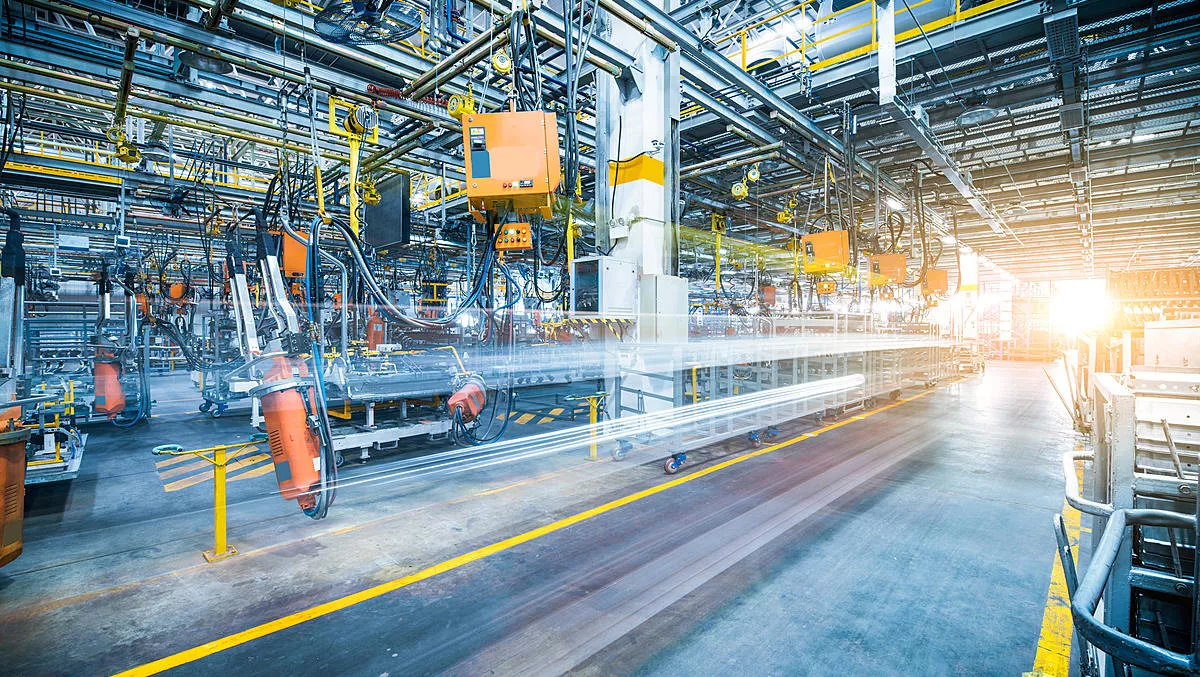
Machine vision will help revive struggling manufacturing industry - report
The COVID-19 outbreak continues to ravage manufacturing across the world, and no region in the world has been affected as much as the Asia-Pacific region (APAC), especially China.
Manufacturers are scrambling to resume production, revive supply chains and get back to some semblance of normality resembling that of the pre-virus world.
But the coronavirus could prove to be an important catalyst in the adoption of Industry 4.0 initiatives (meaning smart factory systems like IoT and machine learning) and machine vision in APAC, according to GlobalData.
With Asia being the world's hub of manufacturing, machine vision will see strong growth in the region over the next five years, it says.
machine vision refers to all applications in which a combination of hardware and software provide operational guidance to devices in the execution of their functions based on the capture and processing of images.
In their pursuit to adopt Industry 4.0 initiatives, an increasing number of companies in Asia are now striving to improve upon their various industrial processes, by leveraging various technologies like machine vision coupled with computer vision.
"Driven by deep learning, machine vision is bound to create new application usage classes, thereby resulting in potential revenue earning opportunities," says GlobalData lead ICT analyst Sunil Kumar Verma.
"With countries like China, Taiwan and India to an extent, being the major manufacturing destinations and home to leading industrial production units, the Asia-Pacific region is bound to be a key growth region for machine vision applications.
"Increasing demand for vision-guided robotic systems to maintain production capacity and reduce dependence on the human workforce will further drive the adoption of machine vision usage areas."
Machine vision is one of the key proliferating branches of artificial intelligence (AI), which aims at providing machines with vision capabilities similar to human beings to capture and identify images and make decisions as in the real world.
GlobalData says the gap between human vision and machine vision continues to get narrowed as time goes on.
"These advancements have allowed machine vision to automatically find unique patterns amongst different images captured and implement the required action," says Verma.
"This is more advanced and efficient in comparison to conventional machine vision methods practised earlier, where a manual intervention from a user (often a computer programmer) was involved in defining and verifying individual patterns and features."
The machine vision market in Asia, while still in its nascent stage, is growing at a significant pace driven by the growing number of entrants, which may lead to a lower industry concentration.
Vendors in APAC are offering varied and specialised product/services to cater to specific process requirements.
For example, Omron and Panasonic and Toshiba offer machine vision systems analysed images to perform appearance inspections, character inspections, positioning and defect inspections.
Similarly, Sony offers CMOS image sensors to facilitate manufacturing automation.
"Industry 4.0 is generating a lot of interest across most of the Asia-Pacific countries, which will inevitably create demand for machine vision products/service offerings," says Verma.
"While the COVID-19 outbreak is expected to act as a catalyst in the adoption of Industry 4.0 and machine vision applications, the absence of standards could be a hindrance.
"Despite this, the increase in computation power, advancements in machine learning and AI, to create smart machines will facilitate quantum jumps in the adoption and revenue of machine vision.

